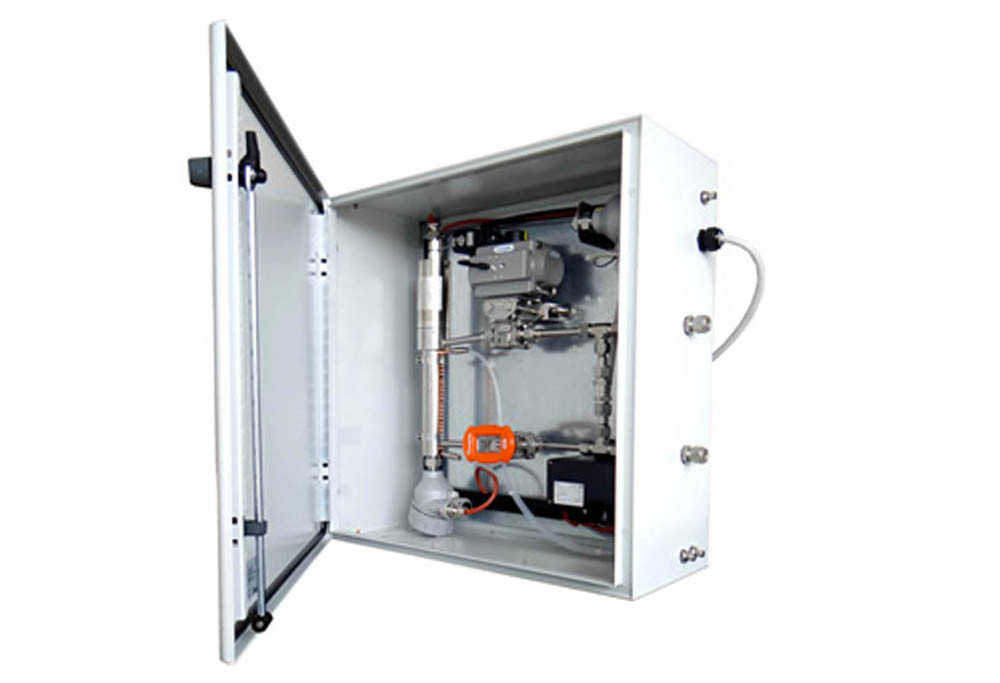How to control the viscosity of oils and lubricants? l Inventech
Sofraser's inline reference temperature viscometers have a number of major advantages over other process viscometers. Also when it comes to measuring the viscosity index of oils and lubricants in the petrochemical industry as described in ASTM D2270. They are ijn fact three analyzers in one, which we will explain below. This analyzer saves you time and money and allows you to perfectly control the viscosity of lubricants and hydraulic fluids. The ATEX Zone 1, inline Thermoset analyzers come in two variants.

![can-2159930_1920[1].jpg](https://www.inventech.nl/cache/c0ee06578105215f009e60fecf8205c3/can-2159930_1920[1].jpg)
